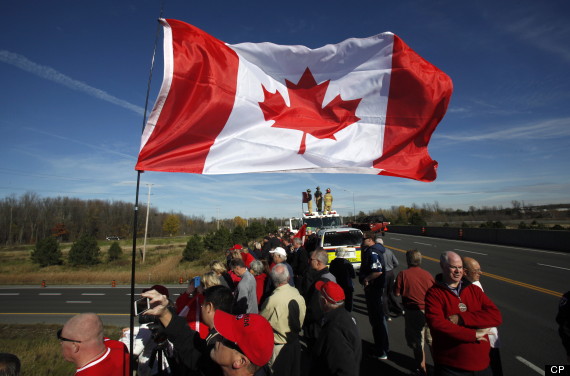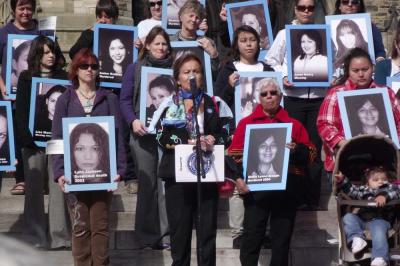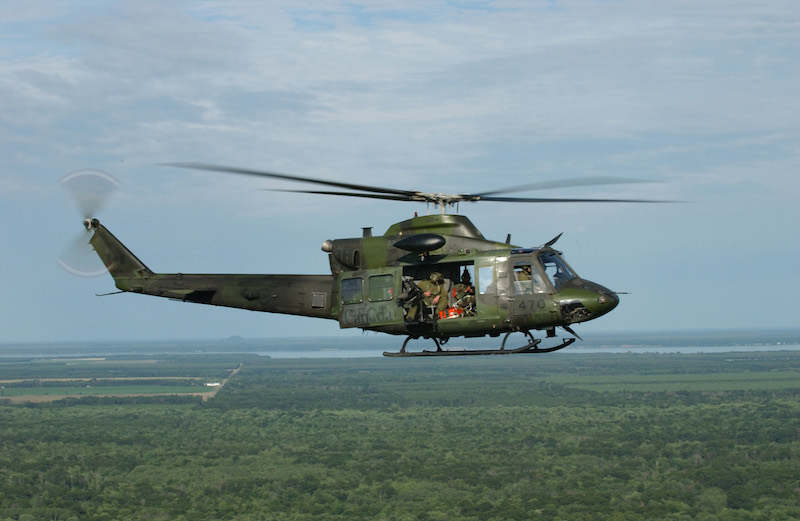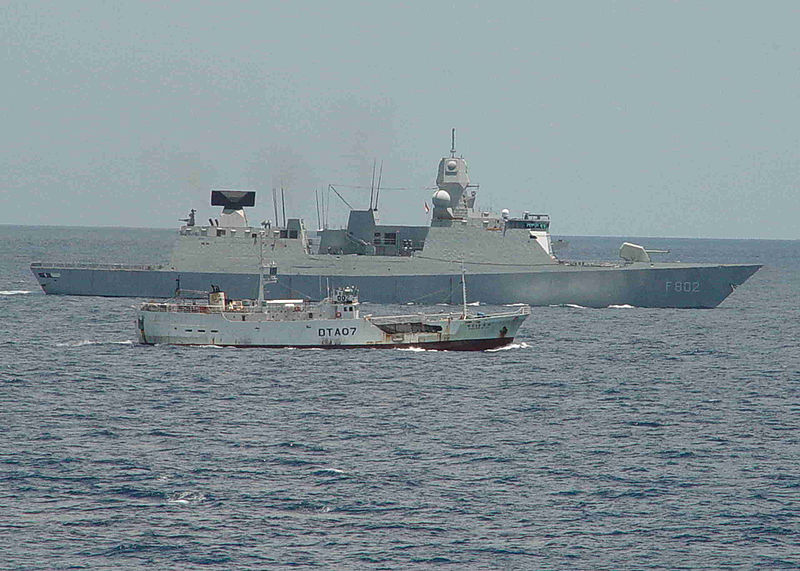Following the deaths of Warrant Officer Patrice Vincent and Corporal Nathan Cirillo in separate attacks in St-Jean-Sur-Richelieu and Ottawa last week, the Canadian military establishment has taken steps to improve the safety of military personnel. While it is unclear which new security protocols will be permanent, it seems the two incidents are being treated as products of a broader security threat at home to members of Canada’s armed forces.
Immediately following the shooting death of Cpl. Cirillo in Ottawa, military bases across the country took measures to enhance physical security. As bases were told to take “precautions appropriate to their environments,” security was “beefed up” at CFB Trenton and in Winnipeg, and across Canada soldiers were told to remain in buildings as police presence was increased at entrances to bases.

Elsewhere, some bases were closed to the general public, while the gates of all military bases in Halifax were locked. In Ste-Hubert, Que., concrete barriers were erected at the entrance to the garrison to prevent cars from barging through. In Edmonton and Moose Jaw, bases maintained normal operations regarding security.
While many of these adjustments were temporary measures, bases across the country put other regulations in place to enhance the safety of soldiers. Both Officer Vincent and Cpl. Cirillo were in uniform when killed, prompting guidelines that were relayed to soldiers regarding the protocol for wearing uniforms. Canadian Armed Forces (CAF) personnel in Ottawa were “ordered not to wear uniforms in public, unless on duty.” In Quebec, soldiers were advised to only wear their uniforms in public while travelling to or from work, with no stops permitted during their commute. In Atlantic Canada, a message from Rear Admiral John Newton told soldiers to “restrict movement in uniform in public as much as possible.” In Kingston, Ont., soldiers were told on Wednesday to remain in civilian dress.
Cpl. Cirillo was standing on guard as a sentry at the Tomb of the Unknown Soldier when he was shot, and as a result the Sentry program was briefly suspended and reviewed before being reinstated the following Friday. While sentries have been stationed at the National War Memorial every July and August since 2007, the program of which Cirillo was a part was designed this past August, and includes the stationing of two soldiers at the monument until Remembrance Day of this year. There has been no indication yet of increased security for sentries at the Memorial.
The recent ameliorations to soldiers’ security also extend to their own conduct on social media. CAF personnel and Department of National Defence (DND) staff have been advised to remove references to their employment on social media websites and delete all photographs of soldiers in uniform. The directive on social media, issued on Friday, also included that soldiers reject Facebook friend requests from unfamiliar people and delete unfamiliar friends from their children’s and family members’ accounts. Military personnel were provided with ‘smart cards’ on privacy and security settings relating to Facebook and Twitter.
Media regulations have also been put in place, aimed at reducing the identification of soldiers in publications. Measures include preventing journalists from interviewing or photographing military personnel and their families as soldiers depart for overseas missions. This ends the “longstanding Canadian tradition” of journalists covering emotional goodbyes and speaking openly with soldiers about their lives and work. The DND has also stopped identifying military personnel in photos on its website. All of this is seemingly being done with the intention of making soldiers less conspicuous targets for potential attackers.

Perhaps the most interesting aspect of the changes to media regulations is that they were enacted before the two attacks on Cirillo and Vincent. In fact, they were put in place at the same time as Canada’s domestic threat level was raised from “low” to “medium.” The DND states that it had “already stepped up security measures” prior to the attack in Quebec, after Islamic State (IS) leaders had called on sympathizers to attack the militaries of countries contributing to the coalition against IS (including Canada).
Although one could say that two incidents in three days does not constitute a trend, it appears that Canada’s defence establishment is nonetheless treating the safety and security of Canada’s armed forces at home with the utmost vigilance. While operations at Canada’s military bases will likely return to normal (if they have not already), it is probable that new rules governing media relations, soldiers’ social media conduct, and the wearing of uniforms in public will continue to be greater considerations in the future. As avowed enemies at home and abroad loudly target CAF personnel on Canada’s soil, the issue of military security is likely to become an increasingly important characteristic of the evolving nature of warfare.




